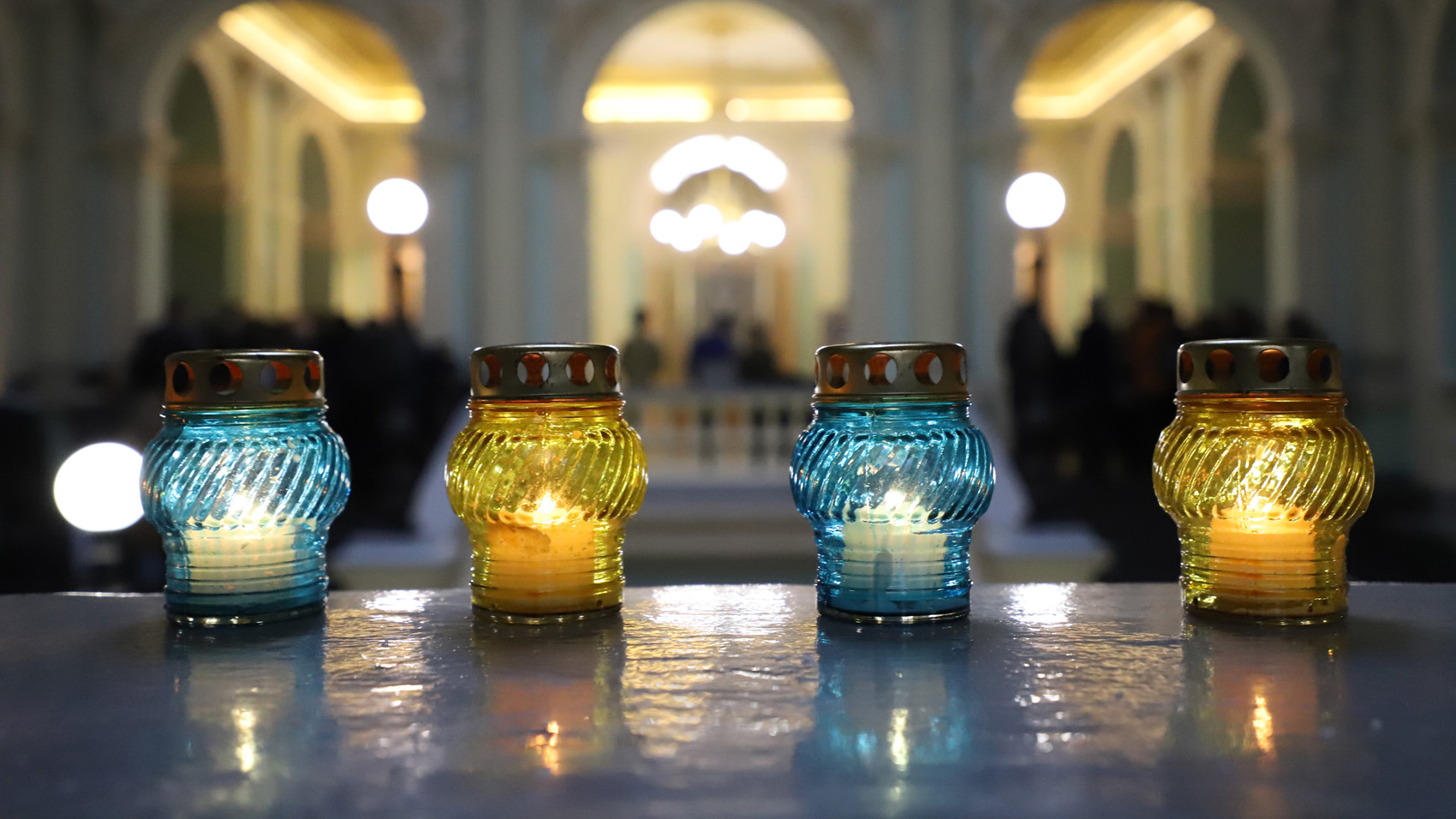On the eve of commemoration of the victims of the Holodomor of 1932–1933, the academic community of the university held a mourning requiem in the main building of Lviv Polytechnic and joined the national and international action, lighting candles in memory of Ukrainians who died a terrible death of starvation due to the criminal communist regime.
In his opening speech, Rector of Lviv Polytechnic Yurii Bobalo noted that the Holodomor of 1932–1933 is a terrible page in the history of the Ukrainian people:
– Today we have gathered to honor the memory of those people who died in those days from a terrible famine in Ukraine. There was no Holodomor in these lands where we live now, that is, in the lands of Western Ukraine, and the residents of Western Ukraine did everything possible and impossible to minimize the consequences of the famine in the central, eastern, and southern regions. Times are changing. Now different times have come, but the enemy, which was the culprit of the famine in Ukraine, unfortunately remained. We know that the genocide of the Ukrainian people is happening again in the East and South of Ukraine. Therefore, when we talk about genocide and the Holodomor, we most likely have the right to talk about those genocides and famines that happened a century ago due to the fault of our eastern neighbours and those which are happening now. The most important lesson we should learn from all this is that something needs to be changed. We cannot change our neighbours, but we must, at least, destroy what brings trouble and grief to our lands. Glory to Ukraine!
The atmosphere of a mournful requiem was created by the musicians of the Polyphonia Chamber Orchestra, who performed sensual melodies, including the works by Myroslav Skoryk and John Williams (the world-famous soundtrack from the film «Schindler’s List»).
At the end of the hour of requiem, according to the tradition of Lviv Polytechnic National University, employees and students of the university lit candles in memory of the victims of the Holodomor and displayed them on the stairs in front of the entrance to the main building.
